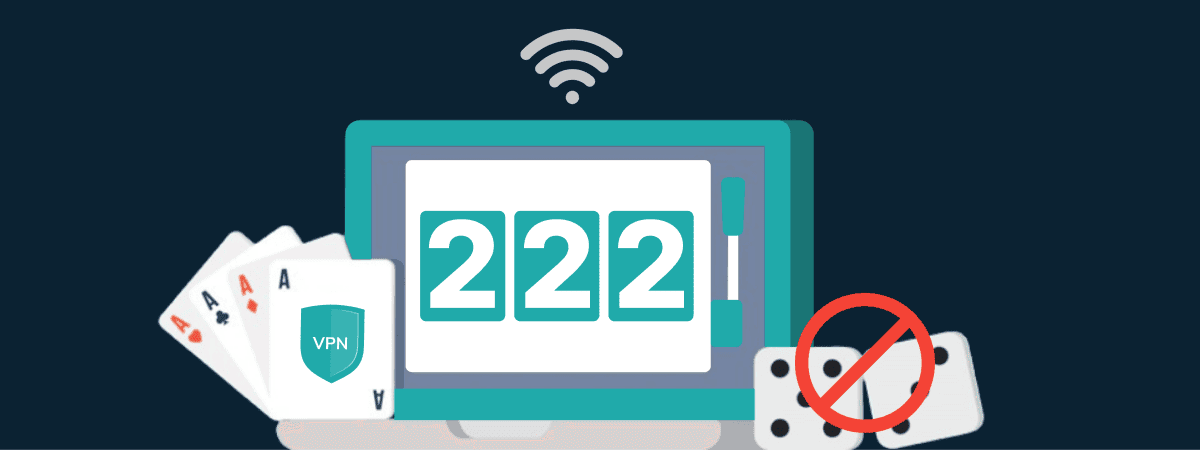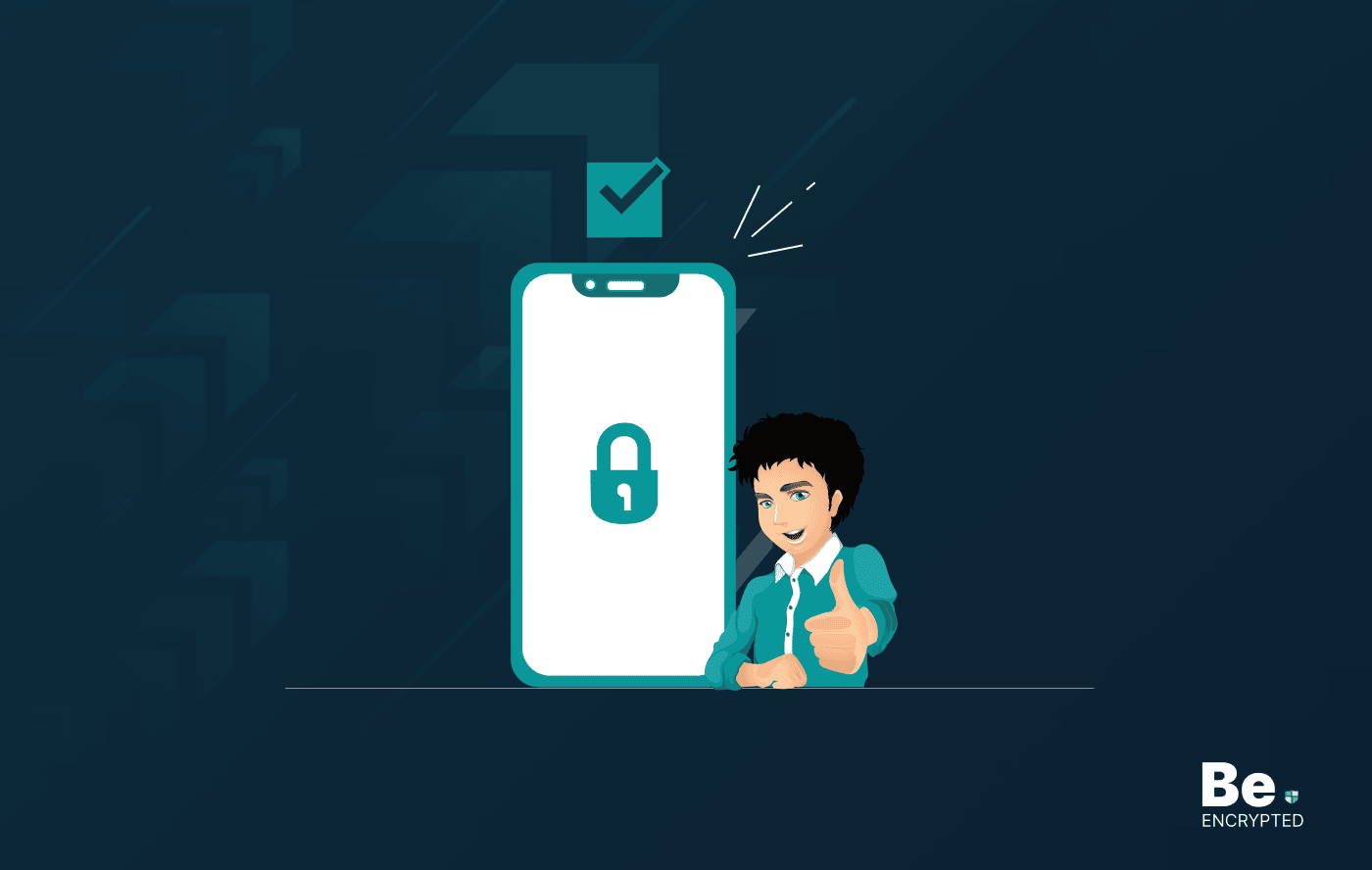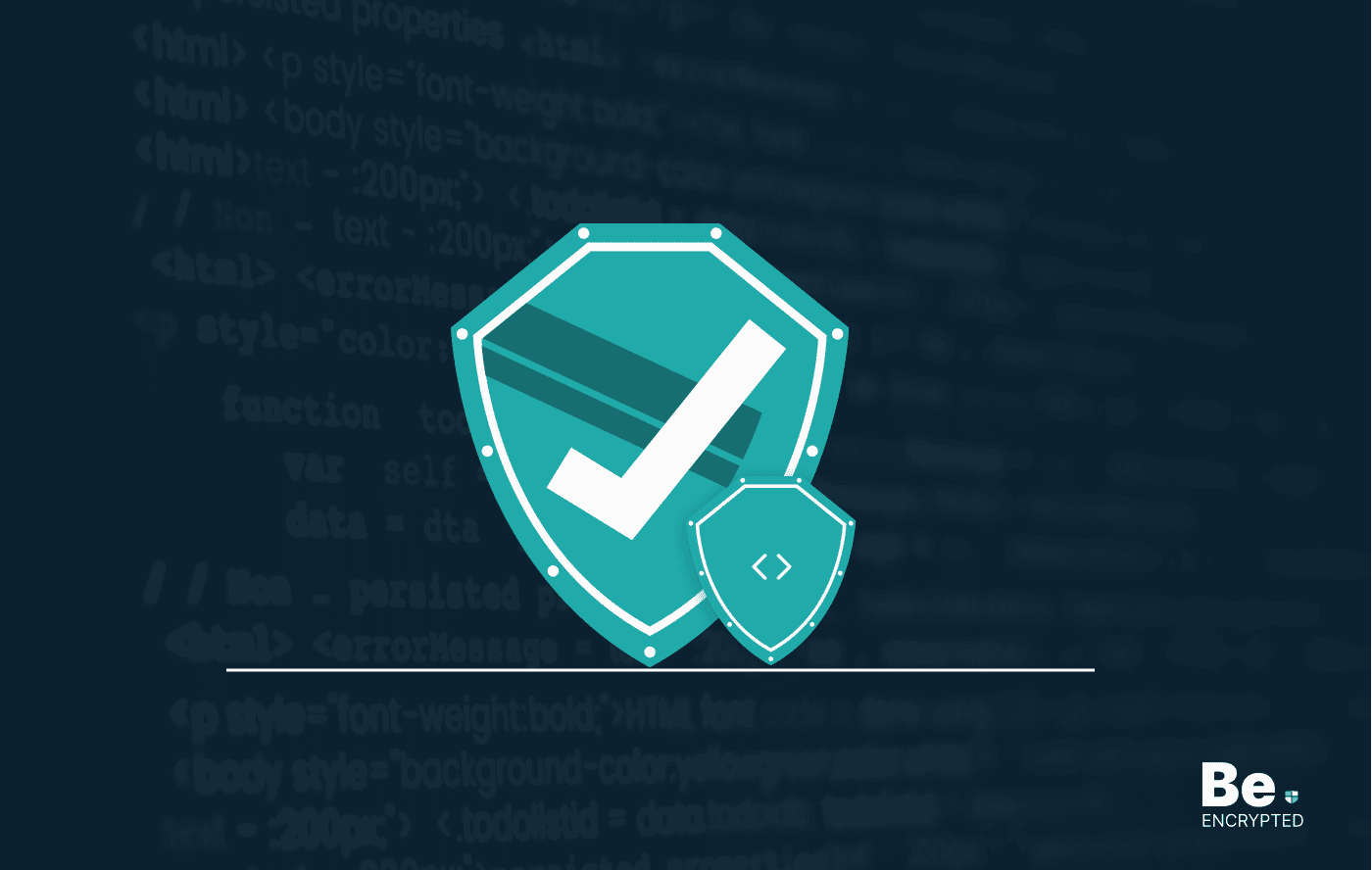Ransomware attacks are growing frequently and affecting every sector of the business industry. These attacks can target organizations with phishing emails or exploit an unpatched system, costing them over a billion dollars annually. However, there are a few tips that protect against ransomware attacks.
- Adopt cyber insurance policies
- Implement a Zero-Trust security model
- Improve enterprise email security
- Use advanced sandboxing technique
- Backup your data
- Update the browser
- Strong password security controls
- Patch and update your system regularly
- Cyber Kill Chain Model
- Perform cybersecurity awareness training
The scope and tactics of ransomware threats constantly evolve. Their prime objectives are stealing a company’s sensitive data, demanding a colossal ransom, and disrupting the organization’s operation. Up to a 71% increase in global ransomware attacks has occurred, and these numbers will likely grow.
As the ransomware attacks have taken a dark turn, fighting off these attacks has become vital. Defending against ransomware attacks requires comprehensive security and a holistic approach that brings together the entire organization. Therefore, learning about the different ways to prevent malware and ransomware attacks is essential.
The current state of ransomware attacks
Ransomware is constantly evolving and has become a global threat, and 59% of organizations experienced one in 2024. These attacks are successful because organizations remain vulnerable to poor password practices, a remote working culture, unsecured systems, and a lack of awareness about them.
Ransomware attacks are growing and have become sophisticated because hackers spread ransomware using advanced tools and strategies to modify the attacking approach. The primitive methods of launching attacks are obsolete, and cybercriminals benefit more from ransomware attacks by making them available as a service.
The introduction of RaaS has significantly increased the evolution of ransomware attacks. It is a subscription-based malicious model in which cybercriminals write malicious code and sell it to other bad actors to launch the attack. After a successful attack, the ransom money is divided between the attacker and the provider. The RaaS setup is the cause of two out of three ransomware attacks.
Moreover, instead of exploiting a security vulnerability in the system, attackers now exploit all endpoint protection vulnerabilities to launch the attack successfully. The WannaCry attack is one such attack where attackers use this tactic. Besides this, attackers use the double extortion method to launch these attacks, encrypting the master file and blackmailing the victims until they pay the ransom.
Another trend is that cybercriminals are changing their group names, returning with new identities, or taking advantage of the geopolitical tension between Russia and Ukraine to launch ransomware attacks.
Ransomware incidents can be immense. They badly impact organizations’ reputations as they lose important data and customers’ trust and bear regulatory fines. These ransomware campaigns will cost organizations $256 billion by 2031. In the worst scenario, the emerging ransomware variants can even affect business continuity. Thus, businesses need to prepare an incident response plan for ransomware prevention.
Signs to detect ransomware attacks
Bad actors enter the organization’s network to plan and launch a ransomware attack. It can prevent real damage if organizations can spot and detect the early signs of a ransomware attack. Watch out for these warning signs to stop ransomware attacks before the situation gets out of your hands:
- Hackers often use phishing email techniques to begin a ransomware attack. Be wary of emails from unknown senders containing suspicious links and attachments and call for urgency.
- Many ransomware variants enter the corporate network through Remote Desktop Protocol links, install unauthorized software, encrypt files, and change their names and locations.
- Hackers create administrative accounts and often use advanced tools and software like MimiKatz, PC Hunter, and IOBit Uninstaller to disable security software and steal your credentials. Employees must be vigilant about any such tools, and if these are detected, immediately report to the security team.
- Ransomware behaves unusually. For instance, it simultaneously opens up a dozen files and replaces them with the encrypted version. If you notice such behavior, it’s an early sign of a ransomware attack.
If you successfully spot these signs, deploy ransomware response or defense steps to reduce damage.
Methods to prevent ransomware attacks
Ransomware attacks have become the most predominant cyber threat to business organizations all around the globe. These attacks are increasing, and their rapid growth is expected to rise. But thankfully, there are effective ways that help prevent or block ransomware attacks.
Preventing ransomware attacks requires a layered approach that includes proactive measures and security defenses to mitigate these attacks. Below are the best practices that can help you in ransomware protection and also prevent the most common techniques used by cybercriminals:
1. Adopt cyber insurance policies
Cyber insurance has increased significantly over the last few years and has played a crucial role in helping businesses to survive ransomware attacks. It is reported that the rate of cyber reinsurance rose by 40% across the industry as the demand for ransom payments rose. Adopting cyber insurance policies and measures disrupts the ransomware attack model and strengthens the company’s security infrastructure.
Cyber insurance provides more help than ransom coverage. It covers a range of first- and third-party losses a victim incurs, such as data and system recovery, business interruption, incident reporting, and legal consulting. Moreover, it helps organizations identify and fix security vulnerabilities and adopt better threat prevention strategies.
2. Implement a Zero-Trust security model
Adopting a zero-trust model is a valuable security mechanism in mitigating ransomware. The modern security model relies on “never trust and always verify” to prevent ransomware attacks in the past, like the famous Colonial Pipeline attack. This approach helps monitor the network through centralized management that enhances network visibility and support for compliance reporting.
The zero-trust model allows IT managers to visualize networks and resources and ensures that everyone within an organization has the least privilege and secure access to all the resources that reduce the attack surface and decrease the chances of getting hit by ransomware attacks. By controlling all aspects of network security with a zero-trust solution, IT managers can also reduce the potential online risks and threats.
Moreover, within this model, the IT managers segment user access so that each user can access only some company-specific resources and doesn’t expose the network at a large scale. Allowing specific members to access certain applications and resources limits the pathway for malicious actors to access sensitive data.
3. Improve enterprise email security
Ransomware variants attempt businesses and individuals to click on the link received via email. Email phishing is the most widely used ransomware attack vector. By improving organizational email security, businesses can prevent these specific ransomware attacks. Employees must think twice about replying or clicking on a link or attachment they find in a suspicious-looking email.
Organizations can implement email authentication techniques like DMARC, SPK, and DKIM that use email filters and public and private key cryptography to detect fraudulent emails and prevent users from falling for ransomware viruses. In addition, the business can use machine-intelligent email security solutions that offer detection and response to phishing emails from landing in employees’ mailboxes.
Besides this, training employees on detecting email phishing can also prove helpful to the users.
4. Use advanced sandboxing technique
Organizations can reduce the risk of ransomware emails by using the sandbox technique. A sandbox is a malware detection system that runs a suspicious object in a virtual machine and does malware analysis. It analyzes and inspects the email URLs, files, and links received via email for potential malware activities.
If the sandbox system successfully detects the presence of ransomware, it blocks any future malicious emails and ensures that such emails don’t reach your inbox.
5. Backup your data
If a ransomware email attack succeeds, hackers will first target business data. Thus, creating data backups in multiple places, like local disks and cloud servers, can help in ransomware defense.
Backup data helps an organization against ransomware as it can regain the systems’ functionality even if the hackers lock the data and demand payment of the ransom first.
6. Update the browser
Browser updates contain vital security patches that fix vulnerabilities that hackers can exploit to launch successful ransomware and malware attacks. It is essential to download the browser updates for your devices as soon as you receive them.
Employees often ignore them, but it’s better to take safety measures before time rather than regretting them later. They can even set the auto-update option if the update notifications often pop up while working on an important task.
It is especially important if employees use Google as their office’s default browser. A vulnerability in the Google browser can expose sensitive data to hackers, and lead to a threat of ransomware.
7. Strong password security controls
Ransomware has evolved and the majority of the attacks happen because of credential compromise. Organizations must deploy robust password security protocols that ask employees to set strong passwords for every account. However, the old practice of requiring users to set a complex password of at least eight characters is now obsolete.
Organizations can adopt passwordless authentication methods to eliminate password issues and prevent ransomware actors from breaking into their systems. Moreover, they can also enable the two-factor authentication feature to add an extra security layer to employees’ accounts to prevent east-west attacks.
8. Patch and update your system regularly
Unpatched vulnerabilities enable bad actors to compromise corporate networks. Attackers can identify a vulnerable system using free scanning tools and unleash ransomware attacks. Hence, ensure the system is patched and secure the data with proper backups and also invest in ransomware resources to prevent malicious activities.
9. Cyber kill chain model
Organizations are always looking for a solution like the Cyber Kill Chain Model to prevent ransomware. Lockheed Martin created this security model that traces the stages of a cyber attack, detects potential vulnerabilities, and helps the security teams stop ransomware viruses at an earlier stage. It breaks down each stage of the ransomware attack so defenders can recognize and stop it.
The goal of cyber kill chain security is to inform the business security and risk management process and understand what happens when an attack occurs so it’s not repeated in the future. Thus, organizations need to integrate this security model to reduce the chances of ransomware infection.
10. Perform cybersecurity awareness training
Nothing beats security awareness and training when it comes to preventing ransomware and advanced malware attacks. Organizations spend much money deploying security tools and solutions but often fail to invest in cybersecurity awareness and training programs. Businesses need to arrange practical training sessions that put the employees in a real-time situation to deal with a ransomware attack.
Employee negligence is a top cause of several cyber attacks, including ransomware. Before training, it is essential to educate employees about the dangers of ransomware attacks. Send the employees the latest ransomware news and tell them how to prevent these attacks. The more knowledgeable a user is, the safer your organization will be, so don’t neglect employees’ education and engage them in security training programs.
Besides this, organizations can also invest in the best anti-ransomware software to combat these attacks. It scans the device and the downloaded files for the presence of ransomware and removes it before the damage can be done.
Share this article
About the Author
Rebecca James is an IT consultant with forward thinking approach toward developing IT infrastructures of SMEs. She writes to engage with individuals and raise awareness of digital security, privacy, and better IT infrastructure.
More from Rebecca JamesRelated Posts

How to Avoid Gambling Restrictions in 2024
KEY TAKEAWAYS Gambling is prohibited in multiple countries as it is addictive, and many people go ba...

20 Best Penetration Testing Tools For Security Professionals
KEY TAKEAWAYS If you’re in a hurry, then have a look at the list of 20 best penetration testin...

The Role of Developer Security in Software Development
KEY TAKEAWAYS The revolution of DevOps has reduced the SLDC and resulted in the creation of many sof...

How To Detect Hidden Cameras And Listening Devices? A Complete Guide
Many people feel like someone is watching them or listening to their conversations. They may be righ...

What is Virtual Firewall and How it Helps Us in 2024?
Scientists and technicians are trying to invent the latest technology protection to create barriers ...

What is Ransomware: Types and Prevention Tips
Ransomware is malware that encrypts files on a user’s computer and then demands payment to dec...


